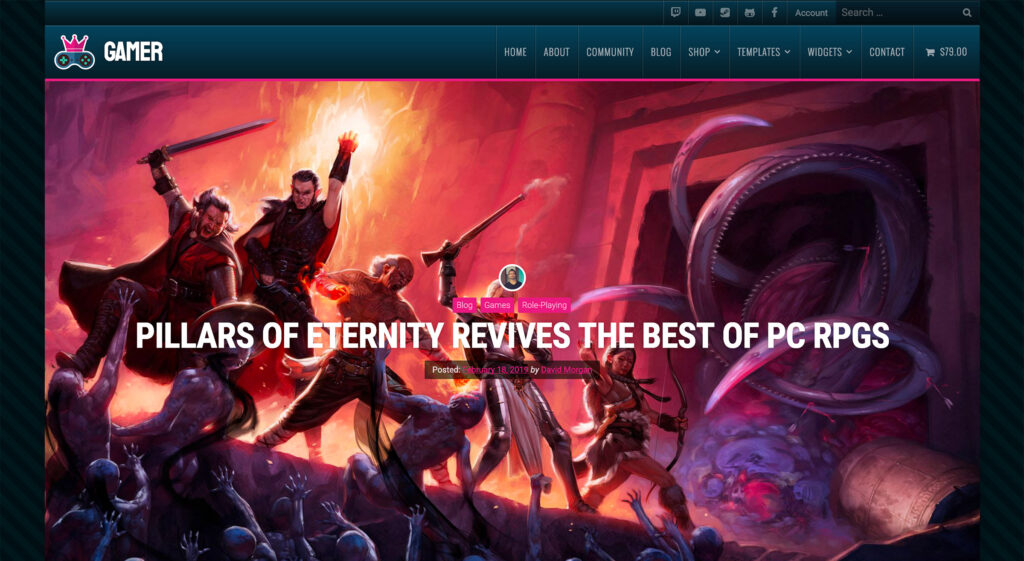HTML5 Gaming Guilds: Joining Forces with Fellow Developers
As the digital landscape continues to evolve, the realm of gaming has undergone a radical transformation. Among the pivotal shifts in this culinary technoculture is the advent of HTML5—a technology that has ushered forth a new era of possibilities for developers and gamers alike. HTML5 not only enables the creation of immersive gaming experiences but also facilitates the formation of gaming guilds, where developers can collaborate, share resources, and engender innovative practices.
The burgeoning concept of HTML5 gaming guilds challenges directors of development in the gaming industry to rethink their strategies. So, how can developers leverage the power of group synergy to cultivate their projects while concurrently enriching the gaming community? The need to explore this vast terrain is urgent and imperative.
Understanding the Dynamics of HTML5 Gaming Guilds
HTML5 gaming guilds represent collectives that unite developers to navigate the intricacies of game development under a common banner. These guilds are historically reminiscent of traditional guilds seen during the Middle Ages, but they operate strictly within the digital framework. They empower developers by providing an avenue for collaboration and resource-sharing, ultimately leading to enhanced creativity and productivity.
Within these guilds, members often contribute their unique skills, ranging from programming and game design to art and sound engineering. This collaboration fosters a unique environment where knowledge is exponentially shared, allowing each participant to sharpen their craft while contributing to the whole. More importantly, HTML5 gaming guilds challenge developers to abandon siloed work environments often seen in traditional game studios.
Guilds thrive on the foundation of mutual aid and support, aiming not only for personal advancement but also for collective success. This undercurrent of shared responsibility culminates in a sense of community that transcends mere cooperation, resulting in a robust network of innovators striving toward a unified objective—creating outstanding digital gaming experiences.
Collaboration as a Catalyst for Innovation
The crux of HTML5 gaming guilds lies in their intrinsic capacity to inspire innovation through collaboration. Such synergy among developers fosters a creative milieu where ideas can be readily exchanged, and experimentation is encouraged. Working collectively puts disparate skill sets into play, ultimately leading to the production of innovative gameplay mechanics, narrative structures, and aesthetic designs.
For instance, in a guild setting, a front-end developer may collaborate closely with a visual artist to design intuitive user interfaces, while a sound designer curates an immersive audio backdrop. Each participant contributes a different perspective, enriching the overall development process. Furthermore, the diverse opinions within a guild environment often serve as a crucible for critique, urging members to refine their ideas and pursue excellence in their projects.
Moreover, these guilds serve as incubators for incipient ideas. The commonly accepted practice of brainstorming sessions allows developers to pool their creativity, yielding unique concepts and gaming experiences that are often lost in the monolithic structures of bureaucratic companies. Thus, its community-centric model becomes not merely a benediction for developers but a veritable cauldron of inspiration.
Navigating the Challenges of Collaboration
While the allure of collaboration is undeniable, it is integral to acknowledge the challenges that accompany group dynamics in HTML5 gaming guilds. Interpersonal conflicts, differing visions, and disparities in work ethic can occasionally obstruct progress and cause frustration among members. This scenario begs the question: How can developers effectively manage collaboration to ensure sustained productivity and constructive interactions?
A strategic approach to this challenge lies in establishing clear communication channels and expectations from the outset. Regular meetings, updates, and an open-dialogue policy can mitigate misunderstandings and ensure that all members are aligned in their objectives. Moreover, adopting project management tools specifically designed for collaborative environments can streamline workflows, keeping everyone on the same page and conscientious of their responsibilities.
Unquestionably, cultivating an atmosphere of respect and mutual support is critical. Members should feel empowered to voice their opinions without fear of retribution or dismissal. This inclusive environment engenders trust, which is paramount when navigating the inevitable tensions that arise in collaborative processes.
The Relevance of Technology in Guild Formation
Today’s technological advancements play an instrumental role in the proliferation of HTML5 gaming guilds. Platforms that enable virtual collaboration, such as GitHub, Discord, and Trello, offer developers the tools necessary to connect, share, and implement their ideas effectively. These platforms also facilitate knowledge dissemination, enabling guild members to stay abreast of the latest industry standards and innovations.
Moreover, the accessibility of HTML5 as a game development framework opens doors previously barred to aspiring developers. With its browser-based nature—eliminating the need for complex installations or high-end hardware—anyone with a passion for game design can quickly prototype and share their creations with the guild. This lower barrier to entry serves as a magnet for diverse talent, further enriching the collaborative experience.
Owing to the rapid growth of online communities, the formation of HTML5 gaming guilds is not merely a possibility but rather an imperative as developers seek connection amid an ever-evolving industry. The implications of this interconnectedness foster not only individual advancement but also the elevation of gaming as a medium. The collective voice of gaming guilds has the potential to sway game design trends, influence player experiences, and ultimately shape the trajectory of the gaming industry itself.
A Call to Action for Aspiring Developers
Faced with the likelihood of a highly competitive landscape, aspiring developers must consider the multitude of advantages offered by joining HTML5 gaming guilds. Engaging in a guild is not merely about enhancing one’s technical skills; it is about embracing collaboration, nurturing creativity, and cultivating lasting relationships. In embracing the guild model of development, individuals have the opportunity to elevate their craft, deepen their knowledge, and contribute meaningfully to the ever-expanding digital tapestry of the gaming world.
In conclusion, the importance of collaboration in the realm of HTML5 gaming cannot be overstated. The reformative power of gaming guilds presents both a challenge and an opportunity: a challenge to traditional methods of game development and an opportunity for developers to harness collective ingenuity. It is a clarion call towards building a shared future, where camaraderie and creativity forge the path forward. As the gaming industry continues to grow, may developers seize the opportunity to join forces with their fellow creators and embark on this transformative journey.



